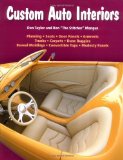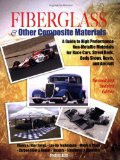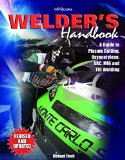CycleKart Quick Start Learning Guide
Get started on your race car project today with this Quick Start Learning Guide to help you choose books that will provide the best initial value, information and guidance.
Tips On Choosing Cyclekart Books
Cyclekarts generally use very similar mechanical designs, many examples of which are available on the internet. Their largest differentiators are the wheels, bodywork styling, and cockpit.
Therefore, we recommend that potential Cyclekart builders select books that focus on five areas: Vehicle handling/dynamics, metal working/fabrication, wood/foam/fiberglass fabrication, interior upholstering (if you are inclined to be artistic!) and grand prix history books for examples of pre-war cars.
Basic vehicle handling/dynamics books will teach you how race cars handle based on their design. While this is certainly not essential to building a Cyclekart, this knowledge is useful in understanding the machine you are building or any race car for that matter.
Books on welding, cutting and forming metal are useful as you will need to fabricate the frame/chassis and suspension components. If you are particularly motivated, sheet metal can also be formed to create bodywork, but many builders focus on using wood, foam and fiberglass to create the car body structure which supplements the frame to some extent.
Fiberglass/composites are useful as a method of creating bodywork. Various books include information about forming wood or foam as core materials or bucks, which falls in line with building curvy stylized bodywork. To get ideas for body styling or accents, you can use grand prix history books which provide photos and information about pre-WWII GP car designs.
For those who want an extra touch of class in the seating and cockpit area might look into books on upholstery techniques.

| Book Category | ||||
|---|---|---|---|---|
| Chassis | Chassis Engineering: Chassis Design, Building & Tuning for High Performance Handling Chassis Engineering is a great introduction to race car design. In a practical and down-to-earth way, it covers the fundamentals of how race cars handle and the requirements for designing and constructing a car. The book includes chapters on chassis design, suspension design, frame construction, aerodynamics and tuning. Overall it provides the reader with the foundation of how the key components of a race car work and interact together. | |||
| Fasteners/Joining | ||||
| General | The A-Z of Grand Prix Cars For builders of pre-WWII styled Cyclekarts and vintage Grand Prix race cars, this book includes every car made from 1906 to 2000, including one-off manufacturers. Also includes information on how technical regulations have evolved and alphabetic listing of every manufacturer. | |||
| Interior | ||||
| Materials/Fabrication | Fiberglass & Other Composite Materials: A Guide to High Performance Non-Metallic Materials for Race Cars, Street Rods, Body Shops, Boats, and Aircraft. Forbes Aird's guide to composites. Includes sections on (FRP) fiber reinforced plastic basics (Fibers/Resins), basic layup techniques, advanced layup techniques as well as molds, plugs, tools and equipment. Also includes a chapter on FRP sandwich construction. | |||
| Materials/Fabrication | Welder's Handbook : A Guide to Plasma Cutting, Oxyacetylene, ARC, MIG and TIG Welding Teaches the essentials of fabricating with metals including metal properties, welding equipment, jigs, welding safety, brazing, cutting, and forming. The book goes into details on types of welding as well as consumables, fluxes and sample projects to practice with. |
More Information
For complete information on the design and construction of the CycleKart race car type and a full listing of books and learning resources, see our CycleKart race car type article.

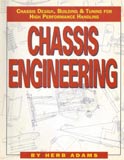
 (4.5 / 5)
(4.5 / 5)



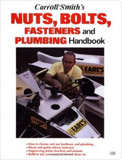
 (5 / 5)
(5 / 5)
 (4 / 5)
(4 / 5)